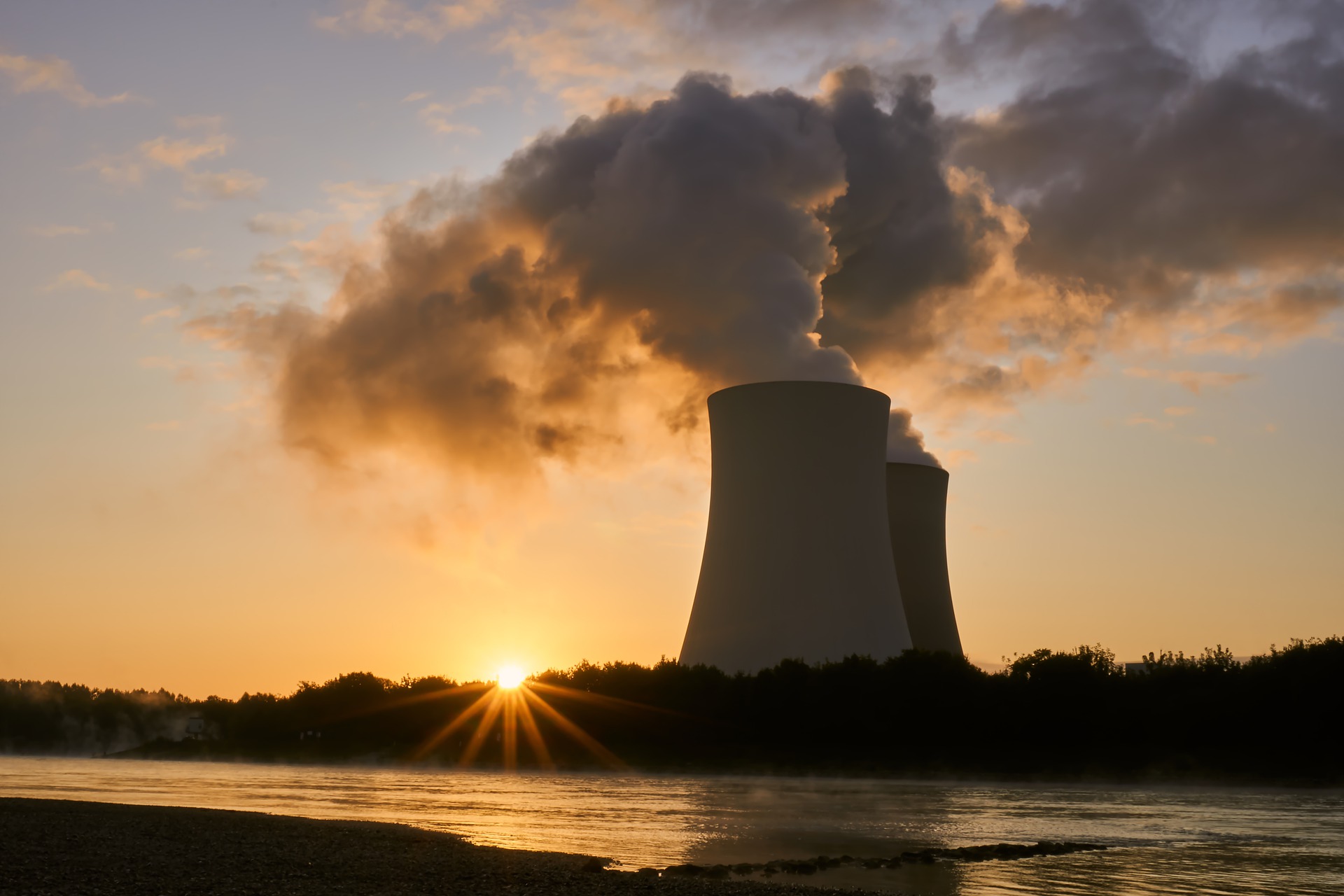
(December 1, 2020) — Nuclear power plants are unprepared for climate change. Rising sea levels and warmer waters will impact power plants’ infrastructure, posing increased risks of nuclear disasters, according to reports from the Natural Resources Defense Council (NRDC) and Truthout from September 2019.
“[I]f nuclear power is going to have a role in addressing climate change,” Christina Chen wrote in the second of a two-part NRDC report, “stronger safety and environmental regulations will be needed.” Chen’s report highlighted problems stemming from a January 2019 decision by the US Nuclear Regulatory Commission (NRC) to weaken recommendations from its own staff to reassess the adequacy of preparations for seismic and flooding hazards at nuclear sites.
In a dissent to the NRC’s decision, one of its commissioners, Jeff Baran, wrote, “Instead of requiring nuclear power plants to be prepared for the actual flooding and earthquake hazards that could occur at their sites, NRC will allow them to be prepared only for the old, outdated hazards typically calculated decades ago when the science of seismology and hydrology was far less advanced than it is today.”
NRC staff had recommended raising safety standards in response to the ongoing Fukushima disaster, which began in 2011 when an earthquake and tsunami destroyed the Fukushima Daiichi Nuclear Power Plant.
Writing for Truthout, Karen Charman reported that “nuclear reactors need an uninterrupted electricity supply to run the cooling systems that keep the reactors from melting down.” However, this requirement may be “increasingly difficult to guarantee in a world of climate-fueled megastorms and other disasters.”
As Charman noted, in the late 1980s Hans Blix, chairman of the International Atomic Energy Agency, promoted the role of nuclear energy as a means to combat climate change. Since then advocates for nuclear energy — including 2020 Democratic presidential hopefuls Cory Booker and Andrew Yang — have promoted nuclear power as a clean energy source because it does not produce carbon emissions.

A Nebraska nuclear plant had to build a barrier to prevent flooding.
However, as Charman wrote, “the fact that reactors don’t emit carbon while operating doesn’t mean nuclear energy is ‘clean.’” Nuclear disasters such as the meltdown and explosion at Chernobyl in 1986, the partial meltdown at Three Mile Island in Pennsylvania in 1979, and the successive meltdowns and explosions at Fukushima in 2011 — all of which resulted in radioactive contamination — are stark examples of what can go wrong.
Many of the world’s estimated 442 nuclear power plants operating in 2019 are located near sea level because, as Christina Chen’s article explained, “Nuclear power plants require huge amounts of water to prevent fission products in the core and spent nuclear fuel from overheating.” This makes nuclear power the most water-intensive energy source in terms of consumption and withdrawal per unit of energy delivered.
As Ensia, a solutions-focused media outlet, reported in 2018, more than one hundred US, European, and Asian nuclear power stations positioned just a few meters above sea level may be vulnerable to serious flooding caused by accelerating sea-level rise and increasingly frequent storm surges. In the United States, nine nuclear plants are located within two miles of the ocean, and a team of researchers at Stanford identified four of those reactors as vulnerable to storm surges and rising sea levels, John Vidal reported for Ensia.
David Lochbaum, a former director of the nuclear safety project at the Union of Concerned Scientists, told Ensia that, since the early 1980s, there have been more than twenty incidents of flooding recorded at US nuclear plants.
In 2019, as Greenland’s ice sheet lost an estimated 600 billion tons of water — the biggest drop in its surface mass since recordkeeping began in 1948 — scientists predicted that sea levels could rise by as much as two meters by 2100.
Tracking back to 2013, corporate news media have only sporadically addressed the potential for climate change to impact nuclear power plants. In 2013, for example, the New York Times reported that the US Department of Energy had concluded that the nation’s entire energy system was vulnerable to increasingly severe and costly weather events driven by climate change. However, the article did not address how rising sea levels would affect nuclear power plants.
More recently, a July 2019 US News & World Report article noted that, although the nuclear power sector is often depicted as being relatively resistant to unpredictable weather associated with climate change, heat waves are “punching holes in that narrative.” Although this report stressed the threats of rising water and air temperatures, it did not address rising sea levels.
• Christina Chen, “Nuclear vs. Climate Change: Rising Seas,” Natural Resources Defense Council (NRDC), September 16, 2019, https://www.nrdc.org/experts/christina-chen/nuclear-vs-climate-change-rising-seas.
• Karen Charman, “Can Nuclear Power’s Deadly Waste be Contained in a Warming World?” Truthout, September 23, 2019, https://truthout.org/articles/can-nuclear-powers-deadly-waste-be-contained-in-a-warming-world/.
Student Researcher: Ryan Gopar Ramirez (Sonoma State University)
Faculty Evaluators: Peter Phillips (Sonoma State University) and Daniel Kammen (UC Berkeley)
Posted in accordance with Title 17, Section 107, US Code, for noncommercial, educational purposes.